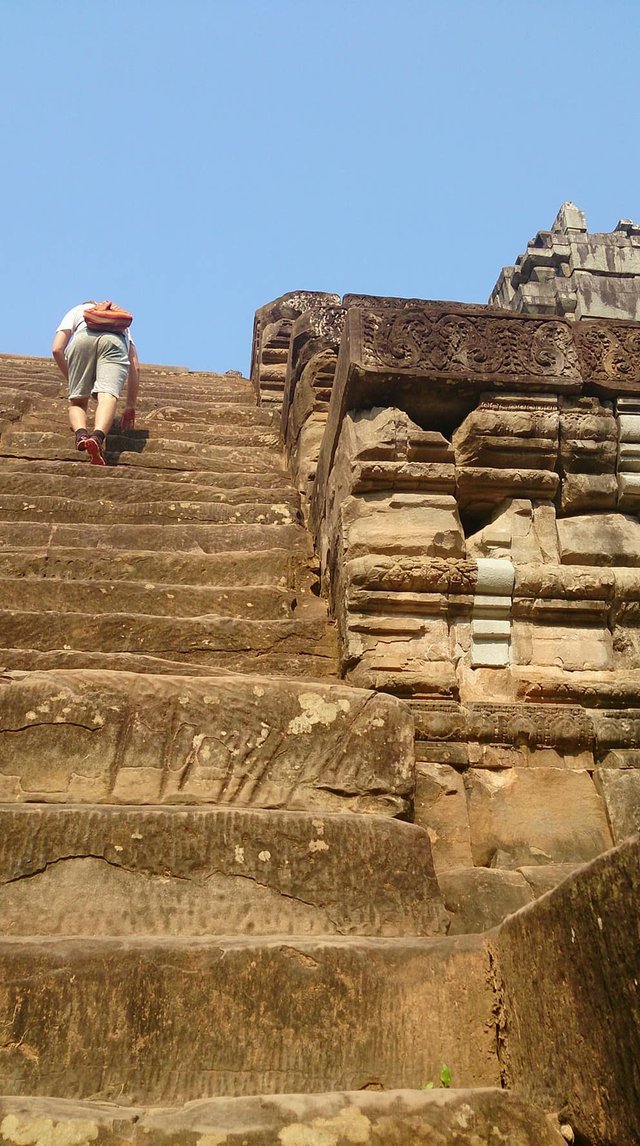The Cambodian journey: Part Two
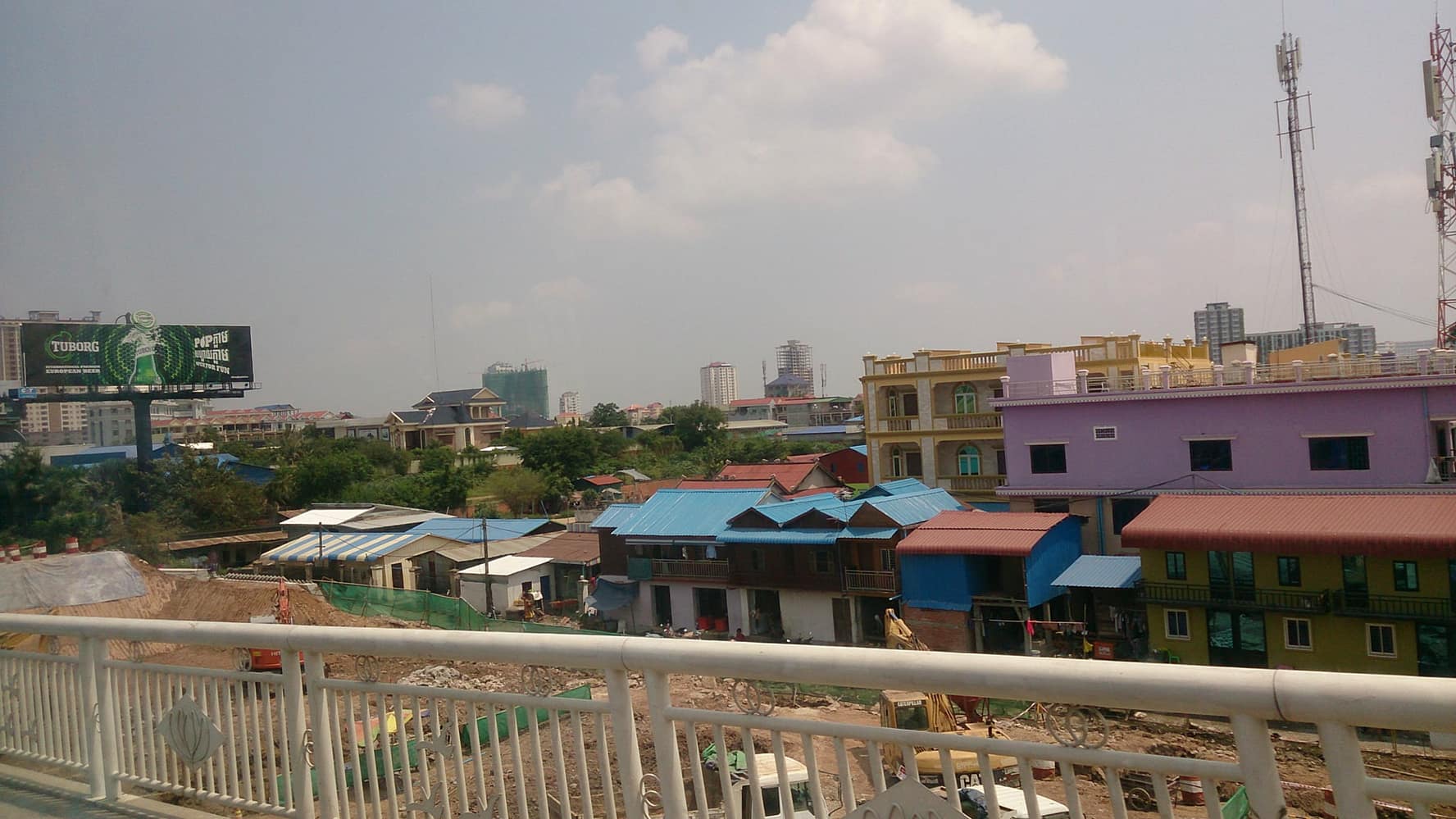
After having relaxed on the beach, we jumped on a bus, it took us a few 100 km deeper into the jungles of Cambodia. Anyhow, we did find ourselves eventually in Siem Reap. Siem Reap is the second biggest city in Cambodia.
Siem Reap has become since the last ten years a haven for tourists. Here tourists are entangled like clusters of photograph flashes. Neon lights that shines dimly on the partying youth staying up later than the moon. The worry of tomorrow seemingly disappears whilst the orb of the day rises behind the pastures and the jungle life. Escapism seems rampant!
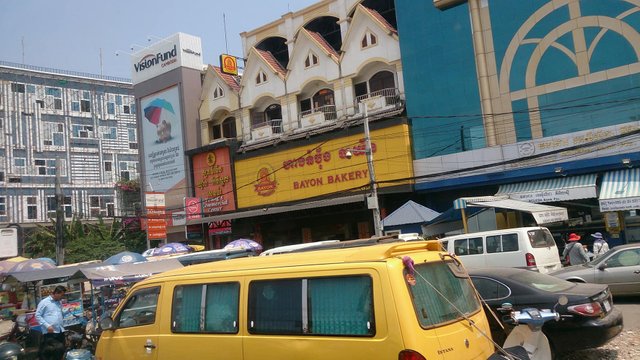
The day after we arrived, we felt that we wanted to pay homage to the victims of the disgusting Communist regime formally known as the Khmer Rouge.
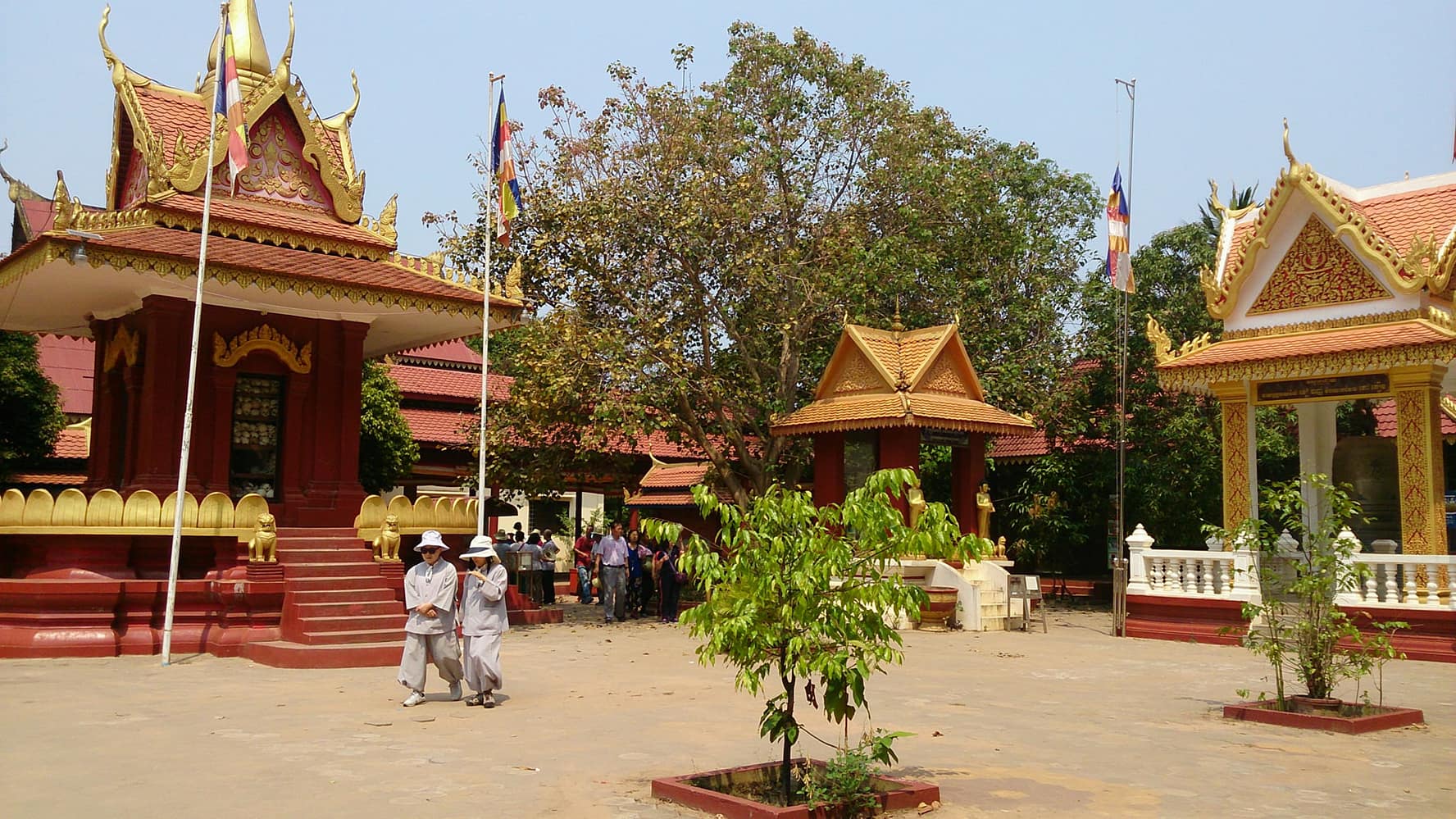
So, we decided to go to the local killing field in Siem Reap. 40 years ago around 2 million people died in Cambodia, the reason for this horrible event can be considered to be manifold. But it is not my intent right now to analyze this historical event. Did you know, that if you calculate all of the people that died during the 20th century from genocide conducted by dictators or oligarchs, it amounts to nearly 250-300 million people? Think about that when you drink your morning coffee!
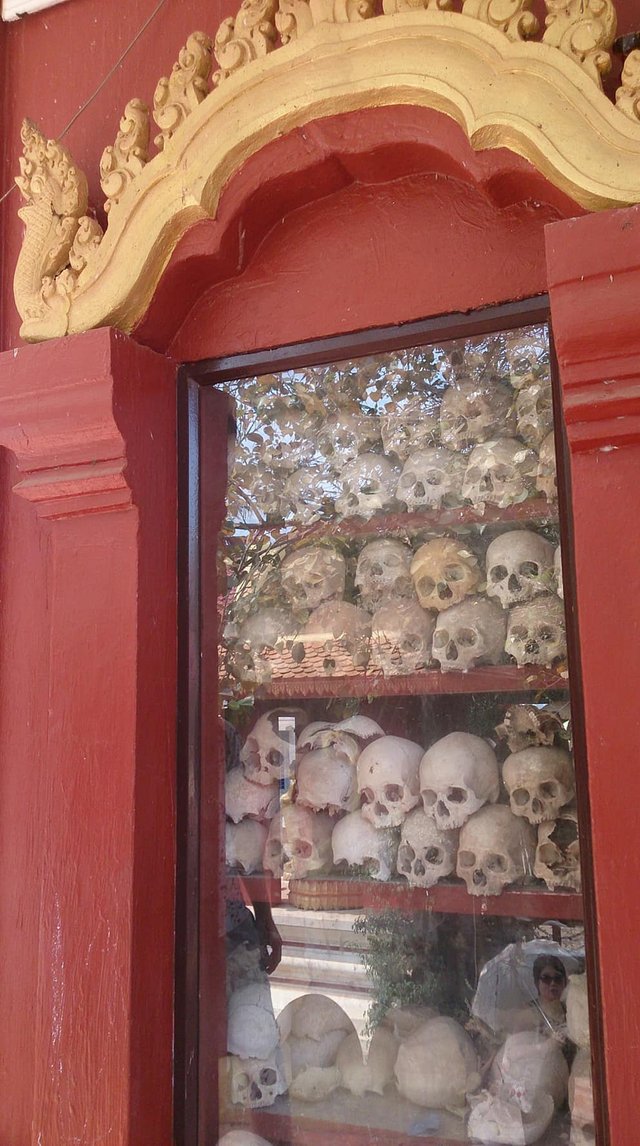
The goal of our journey to Siem Reap was to realize one of the dreams that my girlfriend always had, which was to visit the great city of Angkor, the capital of one of the most advanced cultures during the middle ages in South East Asia ’’the Khmers’’. What has become synonymous with Angkor are the beautiful temples that adorns the old city. Did you know, that Angkor was according to most historians, the biggest city in the world during this time period?
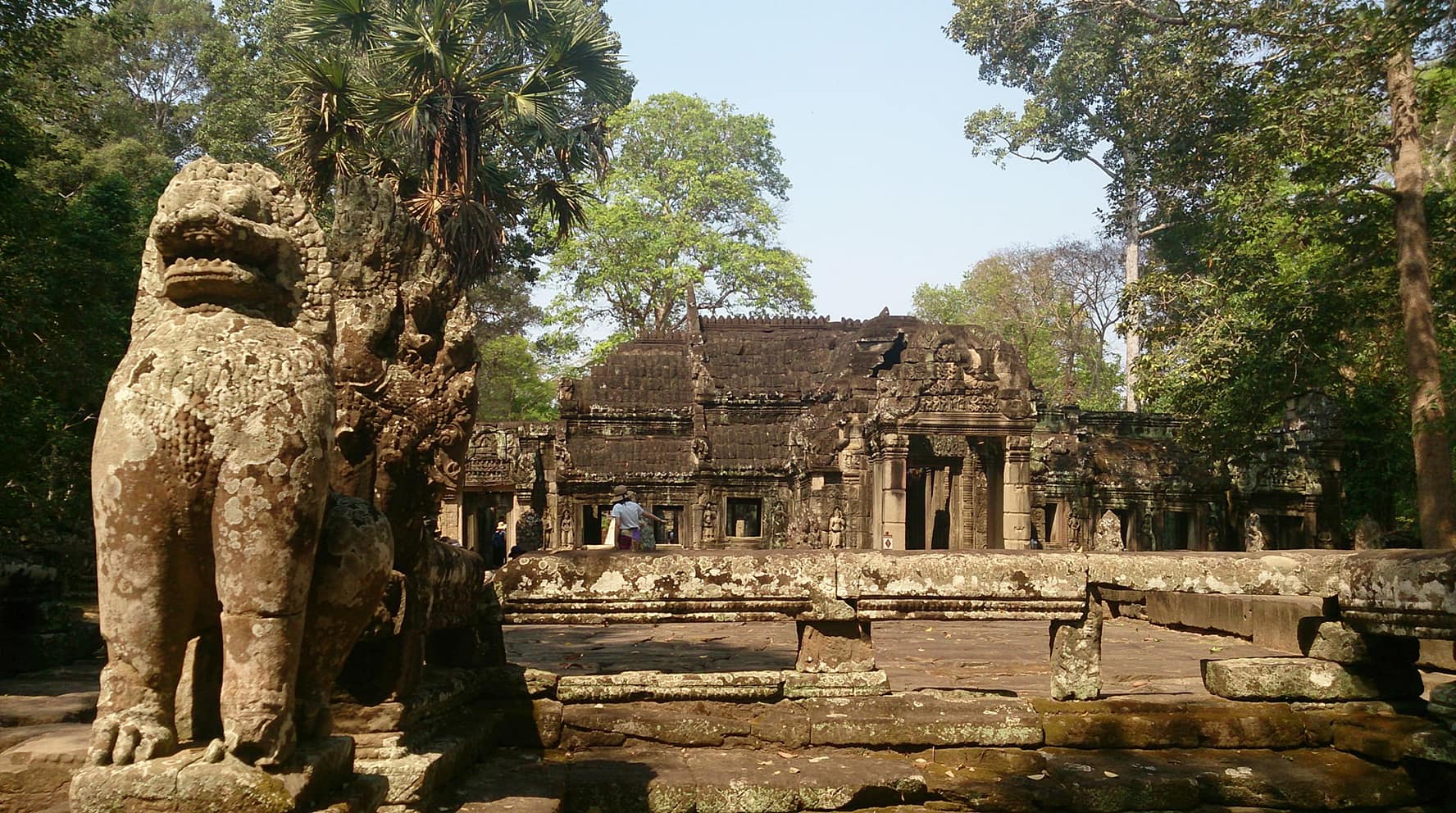
Not only that, the main tourist attraction; Angkor Wat, is the biggest religious monument (depends how you perceive religious monuments thou) in the world. What I feel was the most interesting experience of this place, was the fact that; the 72 temples that make up the remains of Angkor, tells the story of the intricate and complex Hindu Cosmology. Angkor Wat, for example, symbolizes Mount Meru which was the great dwelling place of the Gods in Hindu Cosmology.
.jpg)
One of the most impressive aspects of Angkor Wat, we're all of the small detailed bas-reliefs and the subtle Hindu symbols present everywhere!
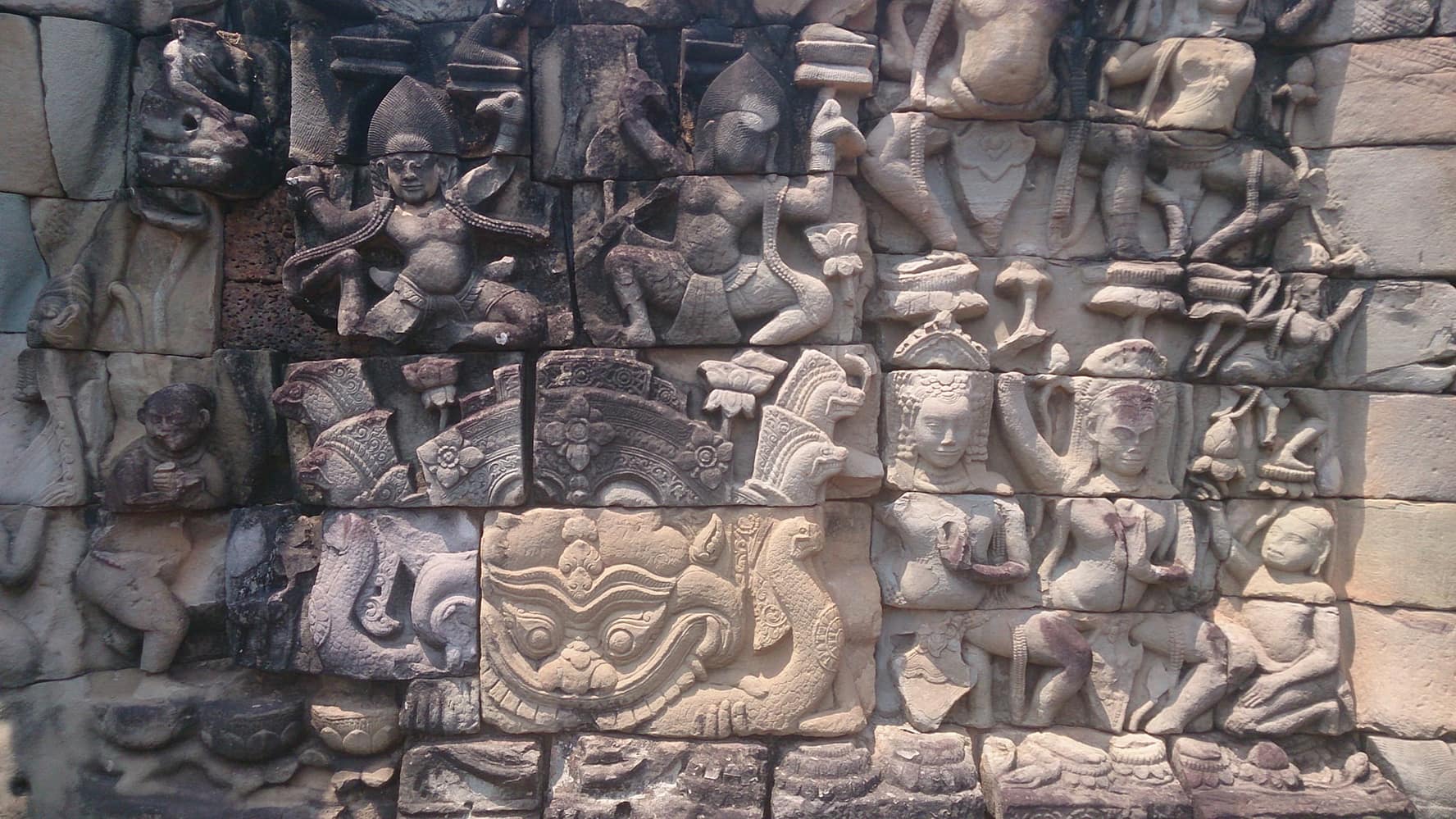
If you ever have the chance to visit this place, you will be able to see the great battles from the Indian epics Ramayana and the Mahabaratha depicted on the temple walls, battles that took place under another name ’’the war of the gods’’, intrigues you’ll find in every mythology around the world.
.jpg)
Even thou, in all honesty, one must conclude that nature always takes it’s toll on any physical place. Since its inception in the 11th century, much of the original symbols, paintings, and depictions of the Hindu pantheon has probably eroded away from the pages of history. This fact makes the place a little bit disappointing!
During the sack of the Angkor, around 1200 AD by another South East Asian culture the Cham.
A few years after Angkor was sacked, Jayavarman VII reconquered Angkor and eventually built a new capital, Angkor Thom.
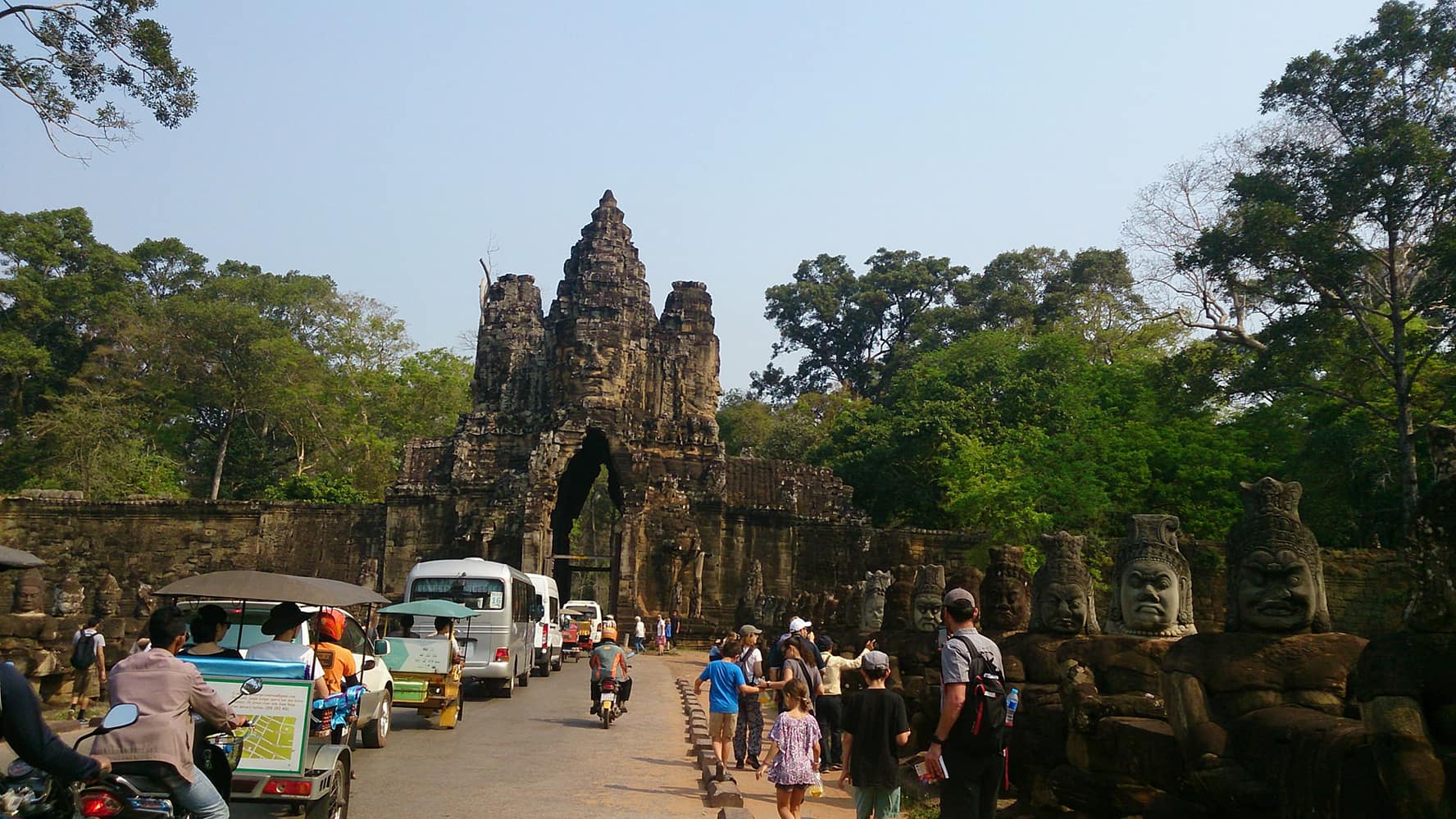
In his newly built capital of the Khmer empire, Jayavarman VII demanded his people to construct a new beautiful temple that he called Bayon. Here one can see this temple ornamented with the face of Boddhisatva Avalokiteśvara carved into the temple sides. These temples also symbolize the transitions that took place within the Khmer culture from following the Hindu tradition into adopting a a Buddhist way of life.
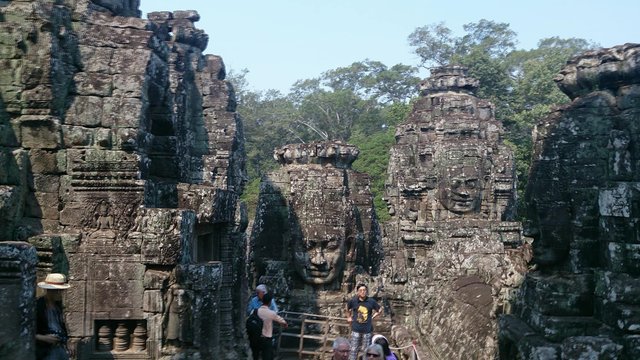
This leads us to a few interesting questions regards to Angkor.
The story goes that King Jayavarman II moved his kingdom from Eastern part of Cambodia to the Western part where Angkor is currently located, and during his reign, the first astonishing temples were built.
But why Hindu temples? Where did they acquire such knowledge of a foreign religion?
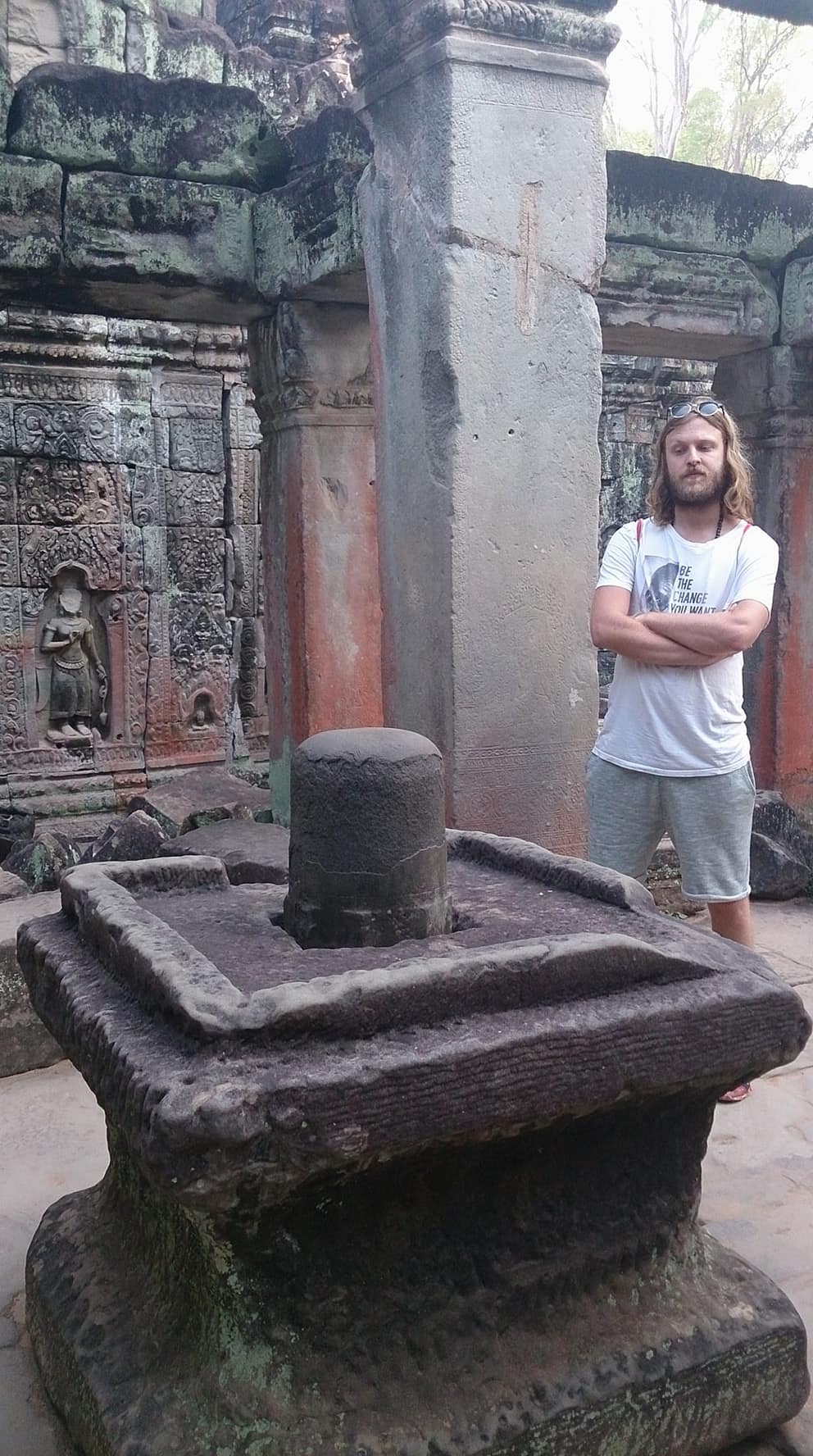
In the beggining these temples were primarily Hindu temples, Hinduism originated in India, and Hinduism is one of the oldest remaining religions in the world. The Indus Valley civilization where Indian culture derives from, can be considered to be one of the cradles of civilization. Historians have seen a migration of Hindu religion to many places in the world and Angkor was one of these places.
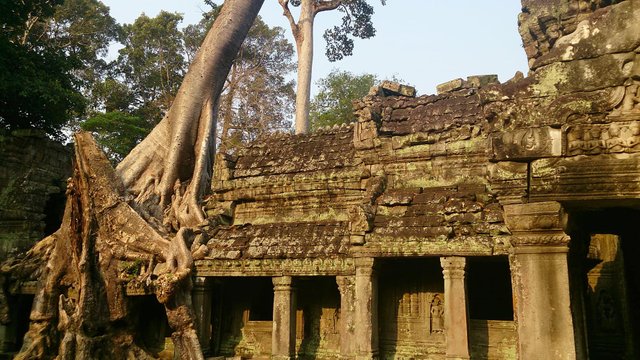
From nothing, nothing comes, in other words, a religion must be moved somewhere through somebody or something.
There are many reasons why Hinduiusm spread to many places in Asia, trade, prozyliting and war etc. Could it be that Hindu merchants or teachers brought with them great artisans that had the capacity to build such monuments?
.jpg)
Evidently, we find monuments erected in the same manner in much earlier dates in India. Reasonable speculation must be conducted when answers are few.
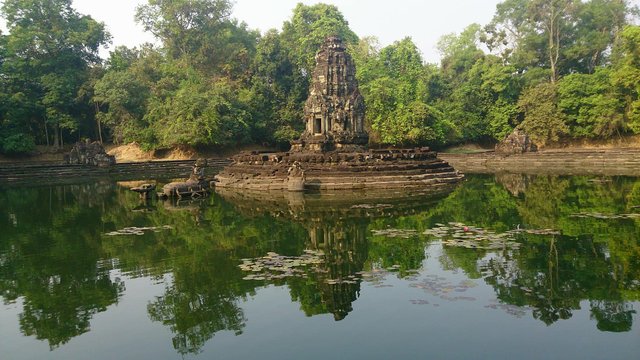
I will leave world history for now, because, at this moment I have just reached Dalat in Vietnam. Here mountains mix itself with city life, a great escape from the heat of the plains. I am looking forward to see what it has in store for my destiny.
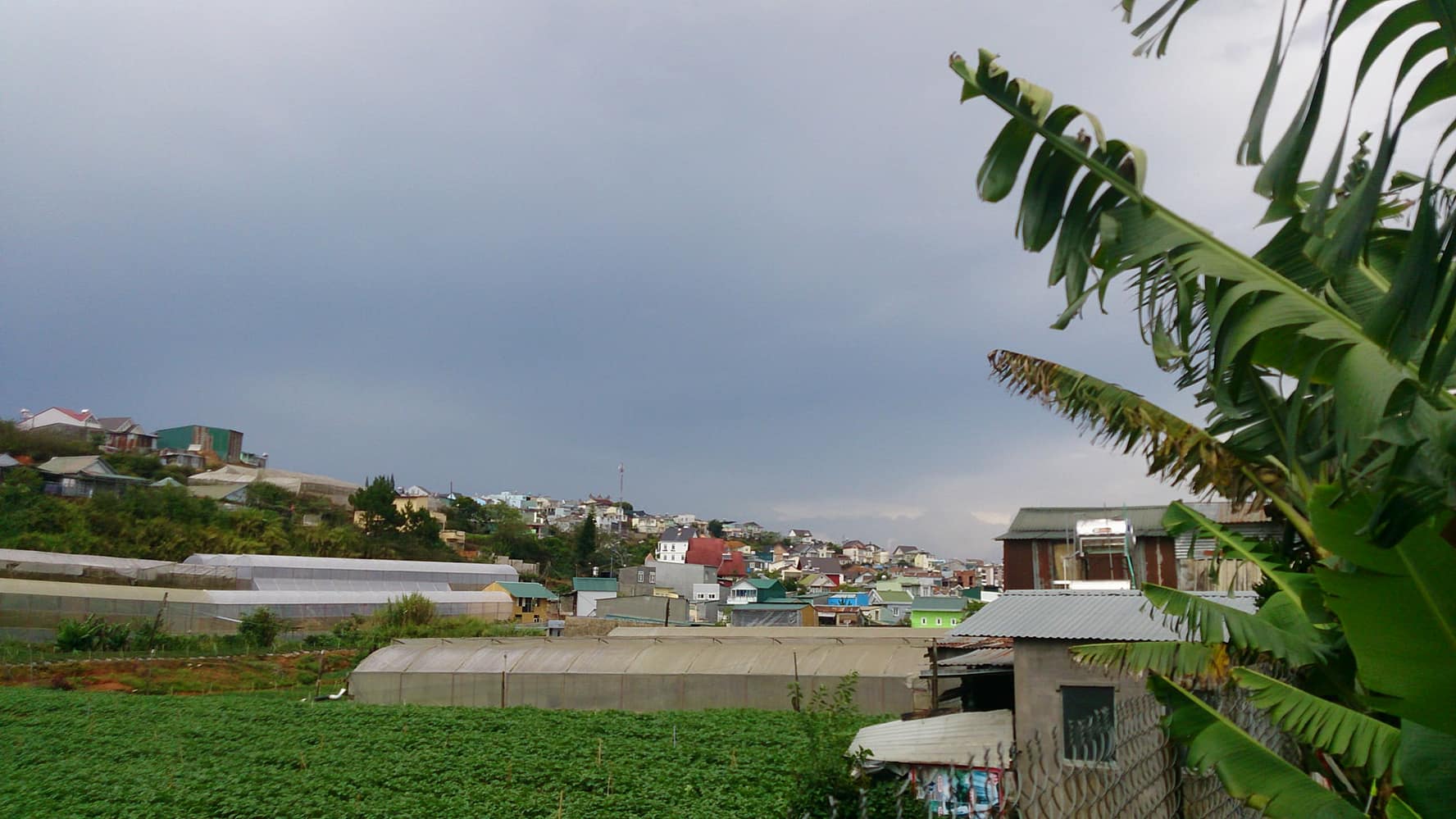
.jpg)
The Khmers must have concluded to their despair, that to depict the Hindu gods was not nearly enough either to please the gods or to secure their empire against impostures. The gods shall never answer to an empire that inflicts with natural law.
Still mesmerized by the beauty of Angkor forever fixed in my mind. For me it is obvious, the temples symbolize; the mantras of the gods hewn into stone.
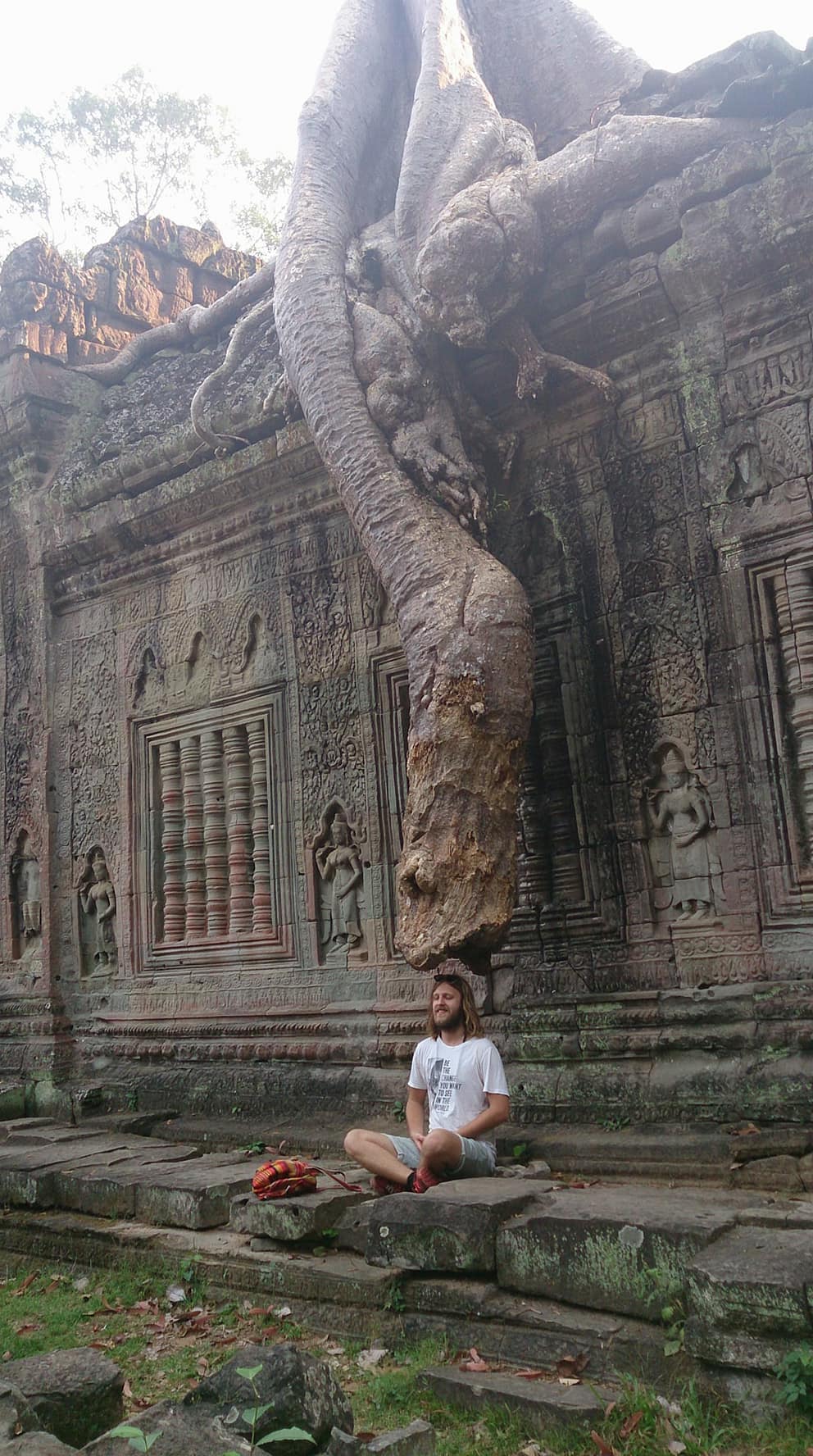
I smile to the fact that Angkor Wat stretch towards the stars, taking the shape of gigantic lotus flowers. Lotus’s that transmits the mystery, of creation, existence, and becoming.
In the deeper realms of the temple, are the faces of The great Boddhisatvas urging us to look inward,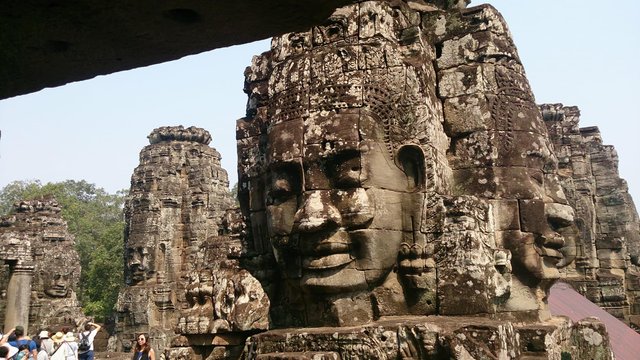 when taking a few steps out of the great temples, it seems to me that the steeples are pointing up towards the sky,
when taking a few steps out of the great temples, it seems to me that the steeples are pointing up towards the sky, 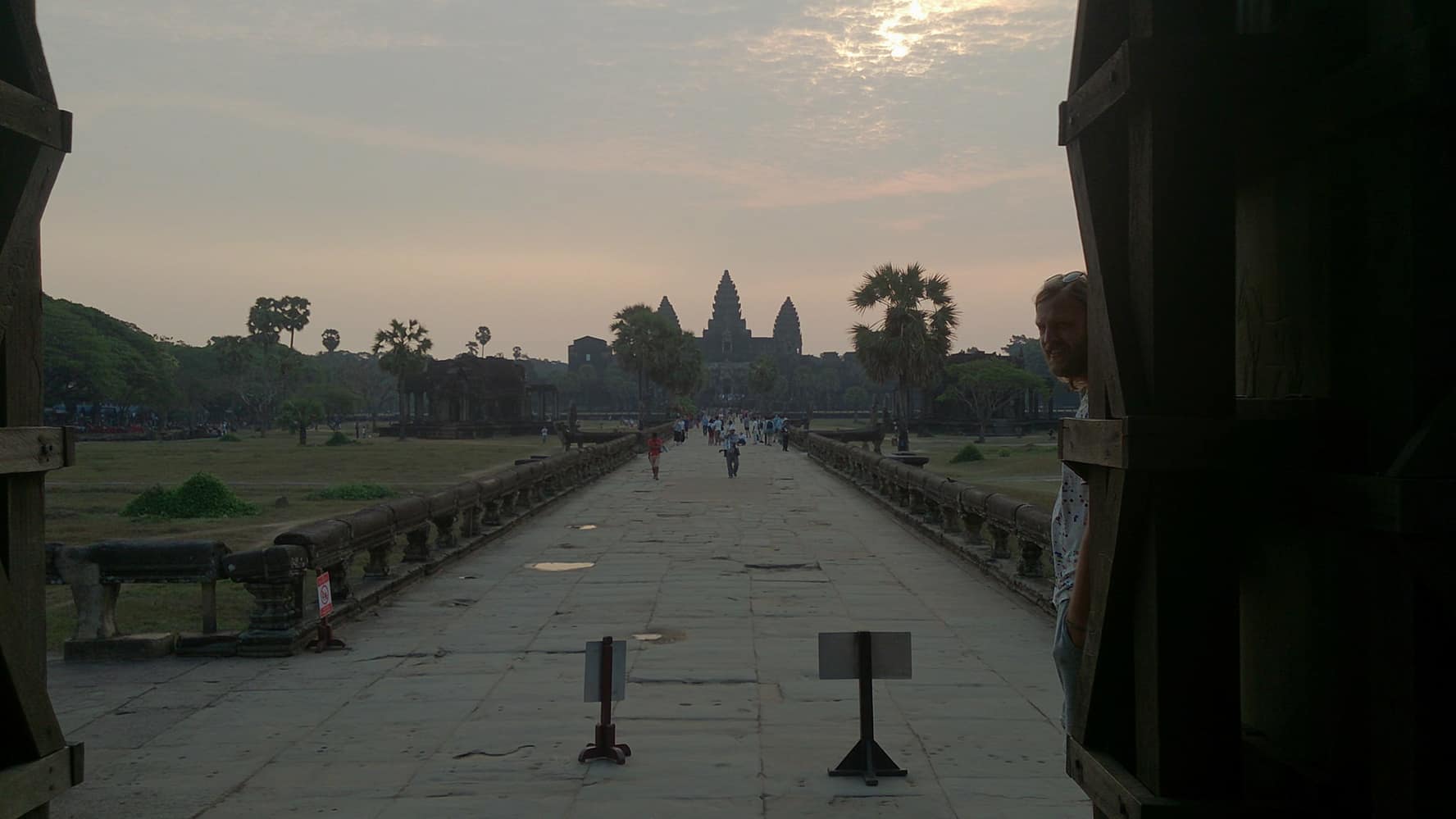 is it not obvious why? These architectonic sites are all indicators of where mankind should look to find the truth.
is it not obvious why? These architectonic sites are all indicators of where mankind should look to find the truth.
